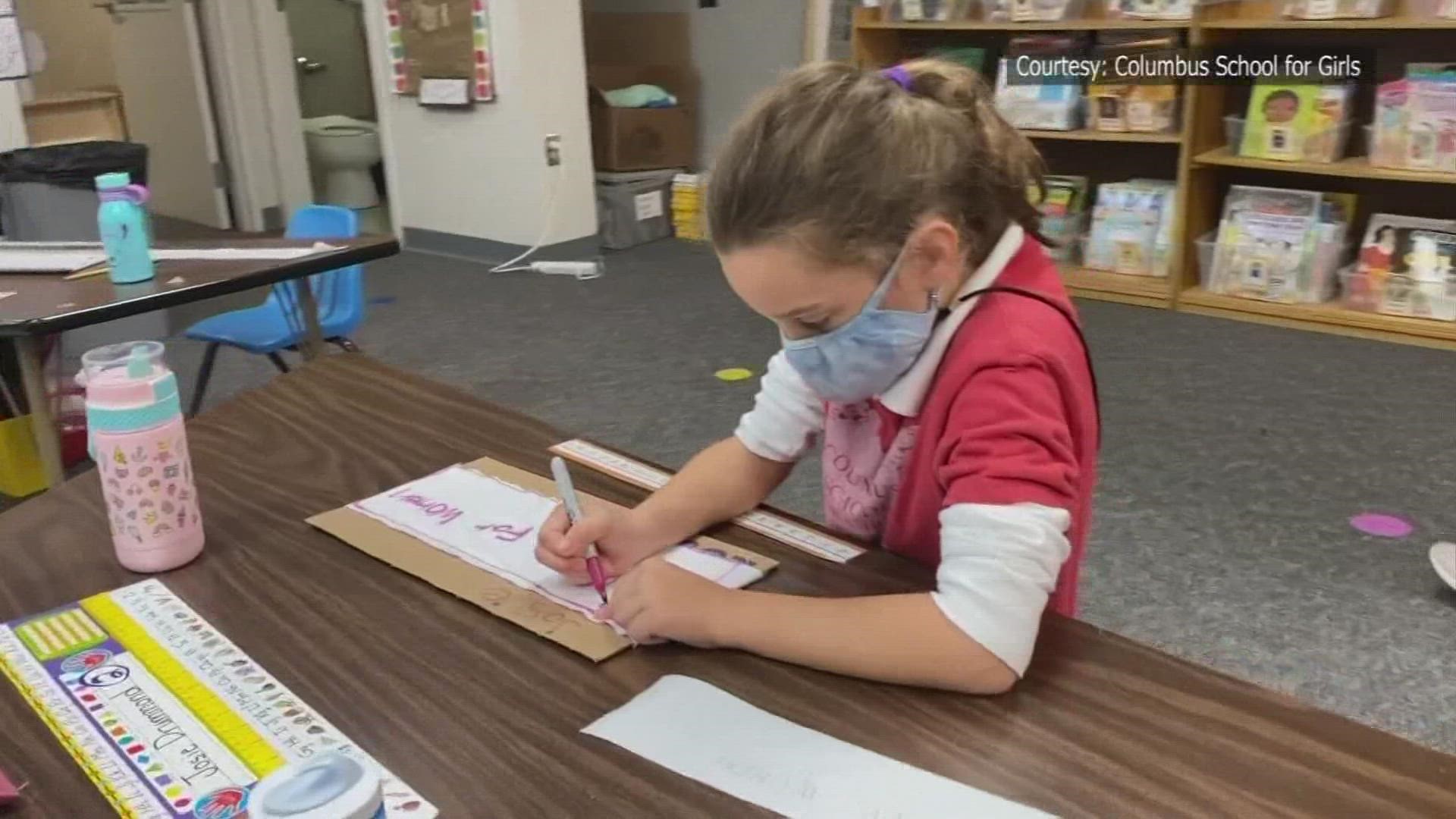COLUMBUS, Ohio — With students heading back into classrooms, many educational leaders, teachers and parents or guardians are looking ahead to changes that could come to education following years of pivotal learning.
Amy Essex Chamberlain, a mother of two Hilliard students, said among the many changes her students experienced, the flexibility allowed for them to find their strengths and work on their weaknesses.
“If there's a subject a student is maybe needing a little more time in when you're working from home and there's no deadline on the assignment within a couple of hours then you can take all day on that one assignment if you need to.” Chamberlain said. “If there's a class that you're really good at, you can get it done in 20 minutes and not feel like you're pressured by the bell saying class is over.”
Chamberlains’ oldest child is now in ninth grade and saw a large improvement in their grades during the last year of online learning. She said she hopes flexibility in how and when students work becomes a normal occurrence in public education to allow all students to succeed in a way best fit for them.
Leaders at the Ohio Department of Education said they are aware of the positive effect that flexibility has had on some students.
“I think we will always, moving forward, think about is online actually a better option for some students but certainly for some,” said Deputy Superintendent at the Ohio Department of Education Dr. John Richard.
Chamberlain said she also would like to see more options when it comes to measuring student academic success rather than only participating in state testing.
“My youngest increased their language arts state testing score by 70% over the course of a couple of months. I said, ‘What happened? How did you get such a low score the first time and then just a few months later you're up in the 90th percentile?’ and she said, ‘Well you said state tests weren't that big of a deal so I just kind of circle C.’”
Many districts across central Ohio canceled or allowed parents to opt out of state testing during the pandemic because of testing being in person.
State testing is controlled by lawmakers and would require legislation to make changes in how it’s conducted. Dr. Richard said while that’s not up to the Ohio Department of Education, conversations about how to best capture what a child understands is always held.
“We were talking earlier about career technical education, how in many ways although there still testing involved much of it is hands-on and it's demonstrations and that's very much a part of what happens in real life… The difficulty with that is how can you maintain consistency for data collection purposes because it varies from one student or even one classroom,” Dr. Richard said.
The last topic Chamberlain said she wants to see become a focus in schools is social-emotional wellbeing. Districts like Westerville and Gahanna are already implementing staffing changes and creating safe spaces for children in their school buildings to allow for recognition on social-emotional health.
“I think moving forward our educators will be much more in tune than they ever have been and identifying some of the indicators of emotional distress,” Richard said. “So I think being in tune has forced us to improve the partnerships with organizations and community resources.”
Having strong partnerships with organizations and the community is something Richard said he believes will help hold everyone accountable for understanding what a child needs to succeed.
Local News: Recent coverage from 10TV.

